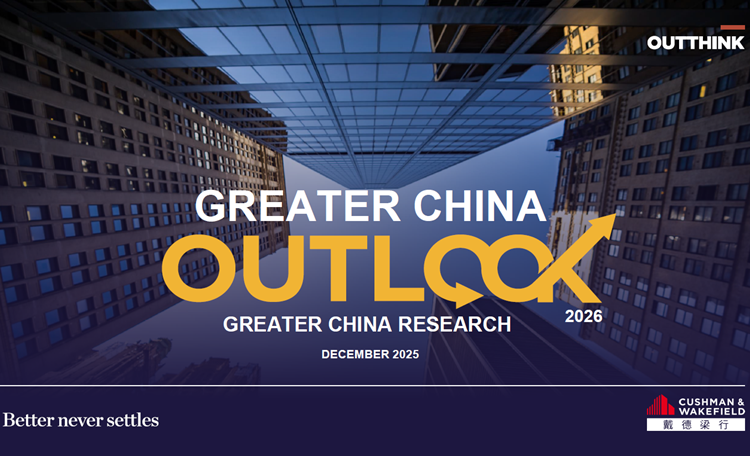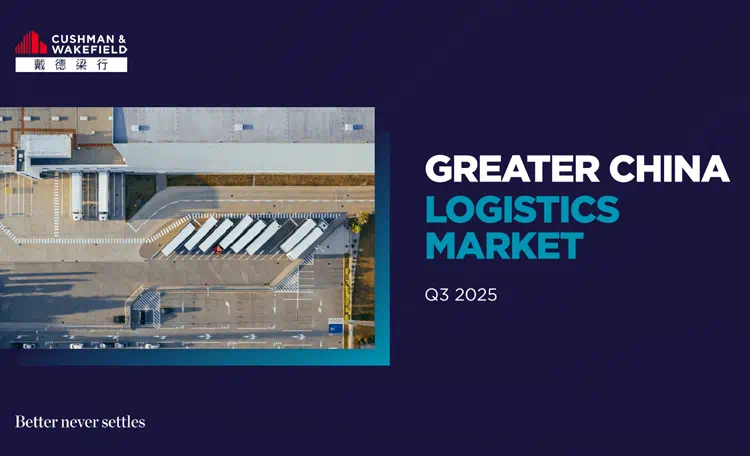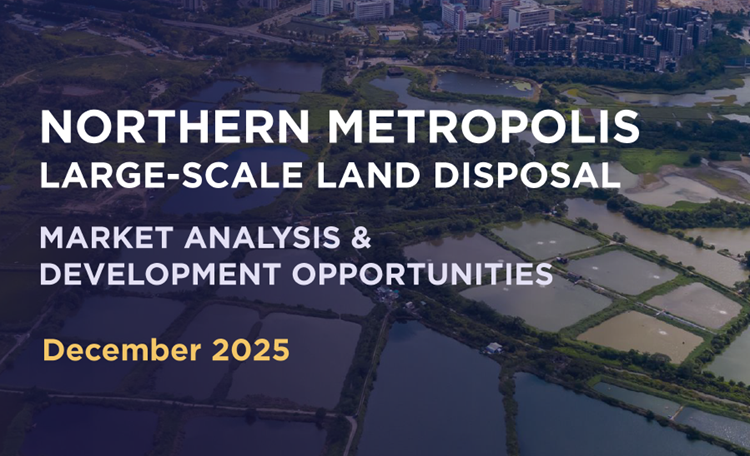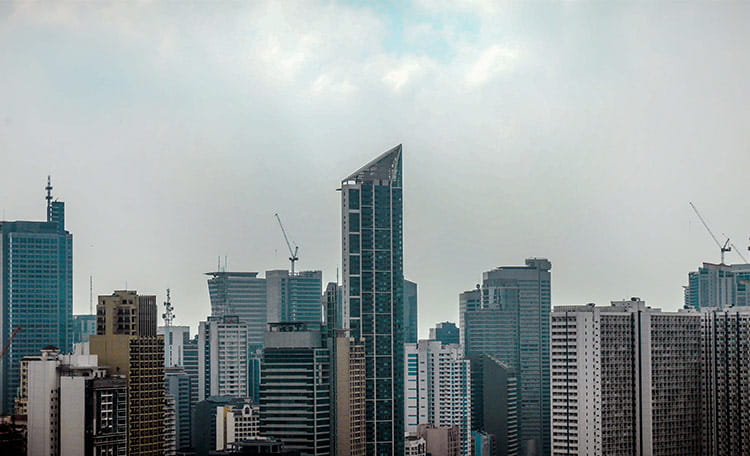Investor sentiment reflects a cautious optimism, with income-generating assets emerging as a preferred choice. Logistics facilities, modern office spaces, and mixed use developments are attracting significant attention from yield-driven investors. However, household confidence declined to -14.0% in Q2 2025, down from -13.0% in the previous quarter, as rising costs, limited job opportunities, and political uncertainties weigh on sentiment. Similarly, business confidence slipped to 28.8% from 31.2%, reflecting a more subdued outlook.
Investment MarketBeat Report
Claro Cordero Jr. • 26/08/2025
MORE INSIGHTS
Insights • Supply Chain
Instant Insight #3 Data Centres & The Power Challenge
AI-driven demand is transforming data centres into core real assets, with power accessibility now the defining constraint for development and valuation.
Suki Kim • 08/01/2026
Research
Asia Pacific enters 2026 from a position of resilience, with pockets of demand emerging where fundamentals and policy align.
Dominic Brown • 08/01/2026

Research • Economy
As the opening year of the 15th Five-Year Plan, the development of commercial real estate in Greater China in 2026 will be influenced by multiple factors including macroeconomic conditions, industrial layout, market supply, and consumer evolution. This report examines recent trends in the real estate market and explores key areas that may shape future market opportunities in 2026.
Sabrina Wei • 31/12/2025

Research • Supply Chain
Greater China Logistics Market Q3 2025
A slowdown in new supply momentum in Q3 2025, coupled with a gradual recovery in market demand, eased leasing pressures in the overall premium logistics warehouse market. However, rental and vacancy rates remained under pressure. Landlords must adopt strategies to strengthen the attractiveness of projects, accelerate leasing transaction processes, and shorten property vacancy periods.
Insights
Jakarta In Focus: Vision, Market, and Prospect
As Jakarta continues to evolve into a global metropolitan hub and the intersection of modern and traditional planning, real estate becomes a key driver in shaping how people live, work, and interact.
23/12/2025

Research • Economy
Northern Metropolis Large-Scale Land Disposal — Market Analysis & Development Opportunities
The Hong Kong Chief Executive announced in his 2024 Policy Address the adoption of a large-scale land disposal approach to expedite the development of the Northern Metropolis. In the first quarter of this year, the government invited the market to submit expressions of interest for the three pilot areas. Market responses were positive, highlighting strong industry engagement with the plan.

Research
Philippines Property Market News
Our August 2025 edition of the report provides the latest updates in the Philippine commercial real estate industry as well as insights on the local sectors.
Claro Cordero Jr. • 06/10/2025

MarketBeat
Cushman & Wakefield MarketBeat reports analyze quarterly economic and commercial real estate activity including supply, demand and pricing trends at the market and submarket levels.
Claro Cordero Jr. • 26/08/2025

Video • Workplace
Webinar Essential Asia Pacific Insights From The Recovery Readiness Guide
The "Recovery Readiness: A How-To Guide for Reopening your Workplace" outlines some of the best thinking and practices on how businesses can safely and responsibly return to the workplace following the COVID-19 outbreak.
Anshul Jain
